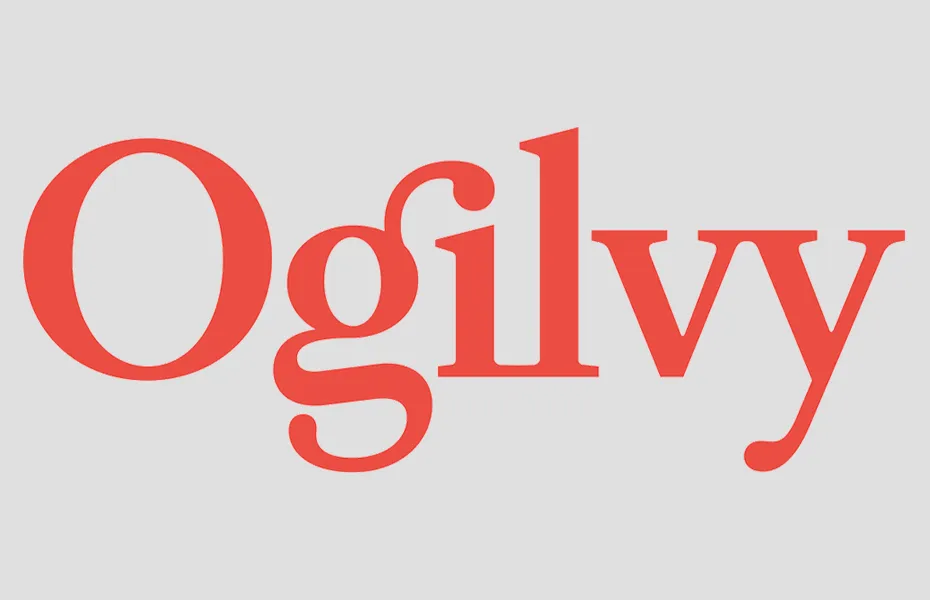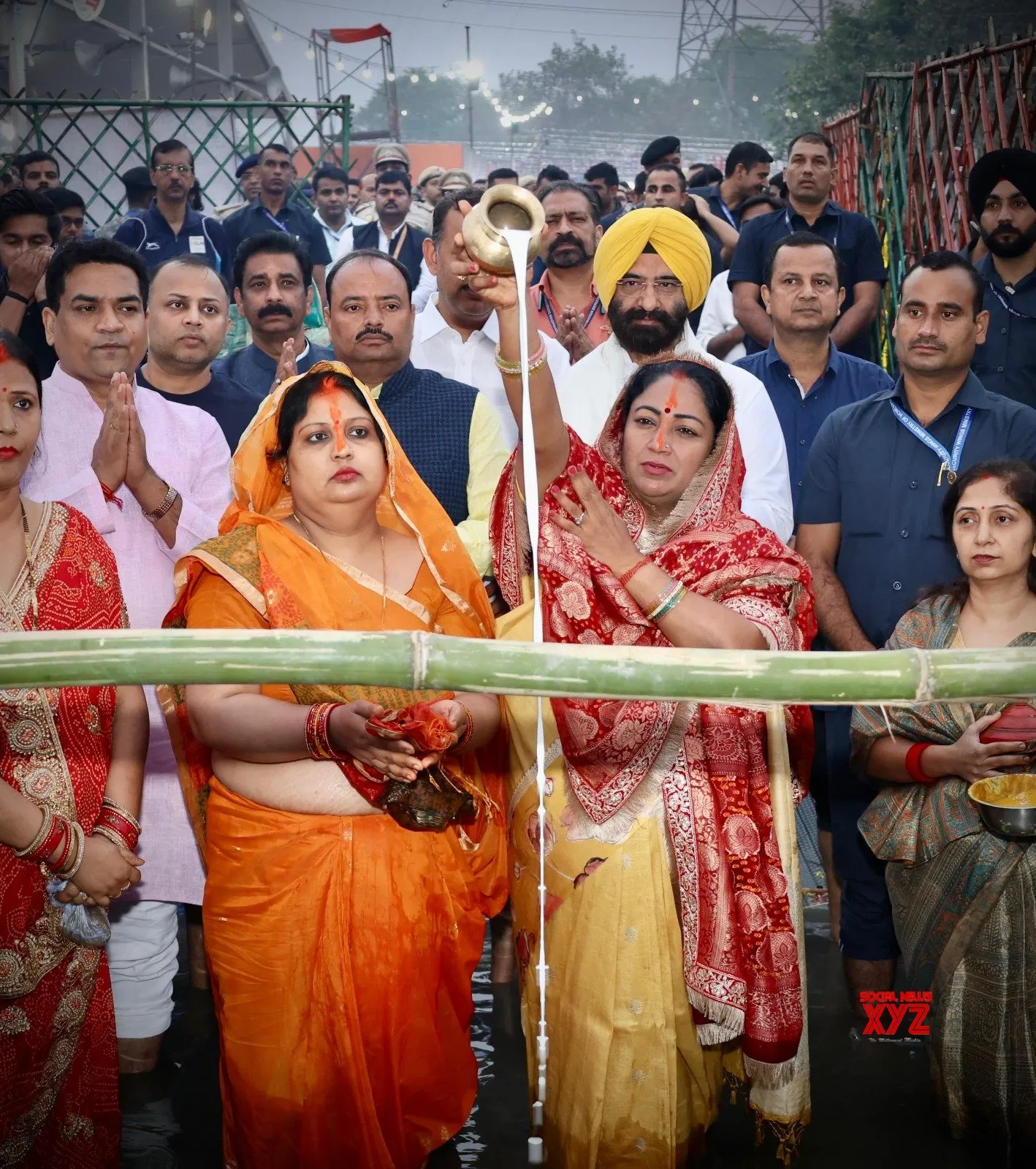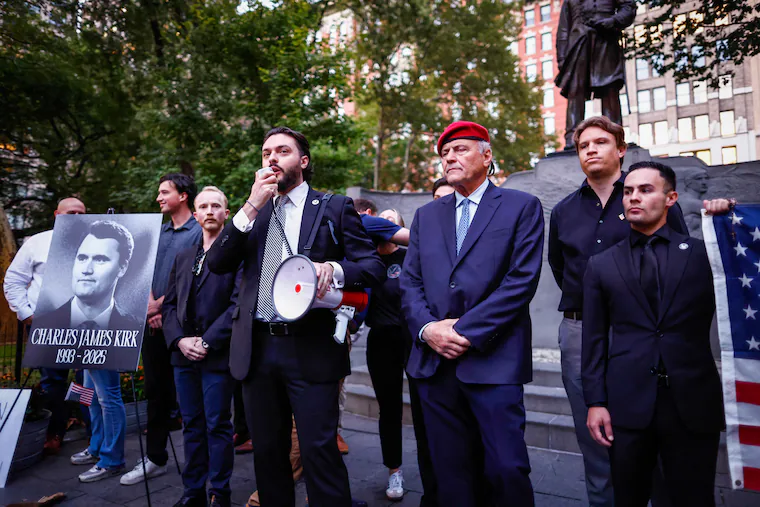Copyright mxmindia

So how will Ogilvy be after Piyush Pandey’s passing last Friday? Questions like these are often asked when a giant leaves the stage. India without Indira Gandhi in 1984. The Tatas after Ratan Tata. The Indian men’s cricket team after Sachin Tendulkar or when Virat Kohli and Rohit Sharma quit from some formats. And now, Ogilvy after Piyush Pandey. Pandey passed away on Friday, October 24. With him, Indian advertising lost not just its most recognisable face but also one of its most rooted voices. A man who brought the idiom, humour and heart of India into its advertising vocabulary. His moustache, laughter and metaphors were as much a part of his creative identity as the work itself… work that redefined what it meant to speak to Indians, not at them. For four decades, Piyush Pandey was not just Ogilvy India’s creative leader. He was its soul. Ogilvy was already among the top agencies in India before he took charge. He ensured it became the numero uno. He gave it its unmistakable flavour: earthy, intuitive and joyous. Campaigns like Fevicol ka jod, Cadbury – Kuch Khaas Hai and Asian Paints’ Har Ghar Kuch Kehta Hai didn’t just sell products, they became cultural markers. He wasn’t trying to impress the world; he was speaking to India. Or Bharat, as the ‘real’ India is often referred to. And that authenticity made him an icon. So it’s natural for the industry to ask: what happens to Ogilvy after Piyush Pandey? Will clients stay? Will the creative edge endure? This writer believes the answer, reassuringly, is yes. Because Pandey, ever the people’s person, built not just campaigns but continuity. Long before he stepped away from the Big Boss’s chair and became Chief Advisor, he had put in place a strong second and third line of leadership. People who had grown within Ogilvy, shaped by its culture and his mentorship. And most importantly, people who he knew clients are comfortable with. Many of the agency’s most impactful campaigns in recent years were crafted not by Pandey himself but by teams he had nurtured and empowered… teams he always credited. He knew the danger of becoming indispensable. That’s why he wasn’t just the captain of the team. He was its chief coach, talent scout and cheerleader rolled into one. He often said creativity must outlive individuals and in many ways, he ensured Ogilvy was ready for this moment. Yes, there were clients who swore by him. For them, his word carried unmatched weight and his presence was a comforting assurance that their brand was in safe hands. Losing that emotional anchor is never easy. But most of those clients have, over the years, worked closely with the creative and strategy leads in the teams. They trust the system he built. They’ve seen it work. The magic wasn’t just in the man. It was in the method. And that method lives on for now. Some press communiqués, even after he moved to an advisory role, would still carry his quote — not out of any loss of faith in the team, but to satisfy a client’s ego. After all, they sign the cheque. There will, of course, be a void. Not of competence, but of charisma. Pandey had a way of walking into a room and instantly changing its energy. His humour, humility and irrepressible optimism can’t be institutionalised. They will be remembered fondly, but not replicated. For Ogilvy, the real challenge isn’t emotional. It’s structural. The advertising business itself is in transition. Smaller, agile creative shops spun out of large networks such as Ogilvy and MullenLowe Lintas are rewriting the rules. AI tools have democratised content creation, prompting clients to question traditional, pricier billing models and production timelines. The ask is no longer about “big ideas” alone, but about speed, adaptability and return on investment. There are clear question marks on the future of the creative advertising agency. There is also uncertainty about the course that WPP — the marketing services conglomerate that owns Ogilvy — will take globally. The group has been consolidating its creative brands: JWT (earlier HTA) merged with Wunderman to become Wunderman Thompson, which later combined with VML and Y&R to form VML. Its media agency network has also undergone transformation. While Ogilvy has remained largely intact — except that Grey now functions within its fold — WPP itself is grappling with the new, AI-steered abnormal. This is the new playground Ogilvy India must thrive (and survive) in. Minus its grandmaster. But if there’s one thing Pandey left behind, it’s a culture that concentrates on relevance. He never romanticised the past; he embraced the now. Even when he spoke against celebrity-heavy, idea-light advertising, it wasn’t nostalgia speaking… it was a call to keep the idea alive, no matter how technology evolved. That mindset — of blending heart with hustle — remains deeply embedded in the agency. (Aside: Yet, when it came to the polio campaign or Gujarat Tourism — projects he was exceedingly proud of — he did employ the charm of megastar Amitabh Bachchan.) It’s also worth remembering that Piyush Pandey’s influence went far beyond Ogilvy. He elevated Indian advertising from imitation to inspiration. Before him, Indian ads often borrowed global templates. After him, the world also borrowed from India. He made it possible for creative people from small towns to believe that their mother tongue, idiom and emotion could headline national campaigns. That legacy won’t fade easily. So, back to the question: what will Ogilvy be without Piyush Pandey? Said Harshad Rajadhyaksha, Kainaz Karmakar and Sukesh Nayak, Chief Creative Officers, Ogilvy India, in a statement: “Even if he can’t hear us present ideas anymore, every time we create something, we will be asking ourselves, ‘Will Piyush like this?’ What we can promise as our tribute to him is to carry on his belief in creativity, culture and bravery.” The interactions may be a little quieter in the immediate future. A little less moustachioed, perhaps. Lesser cricketing references. But they will also be confident, because he prepared it to be so. He may no longer be in the room, but his laughter, instincts and love for the idea will continue to echo in its corridors. Advertising, after all, is about continuity. The story must move forward. The show must go on. And if there’s one line Piyush Pandey would have loved to see as the sign-off to his own chapter — in his relationship with his teams, clients, friends and family — it would probably be this: “Fevicol ka jod hai… tutega nahi.”



